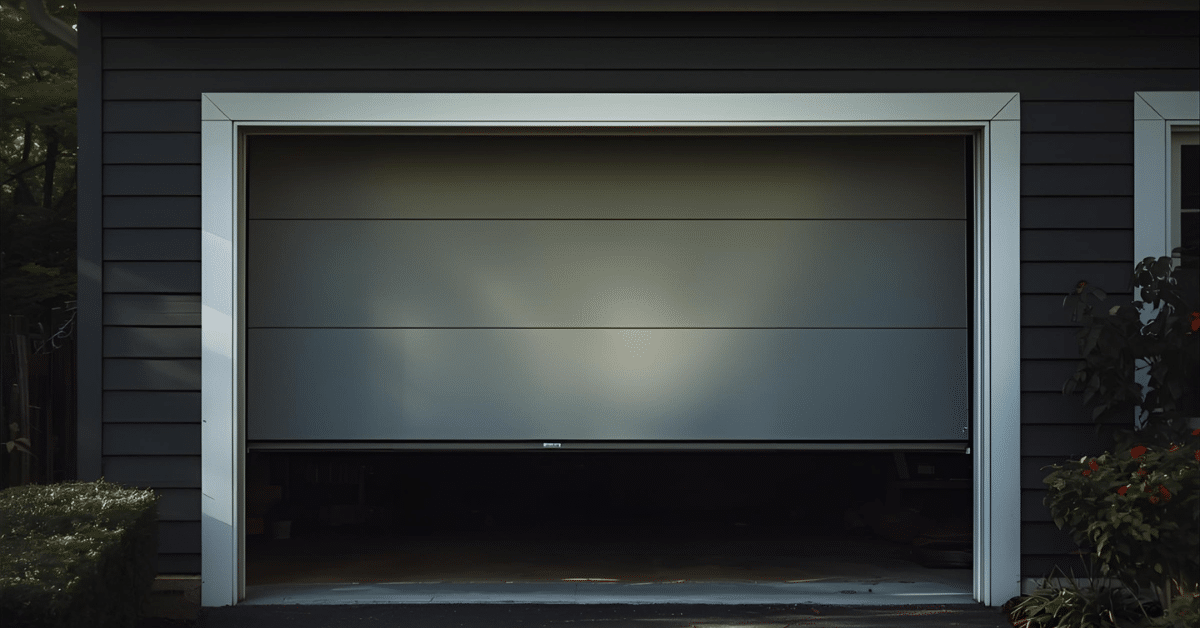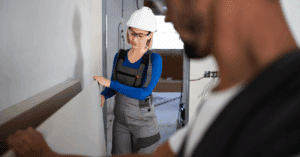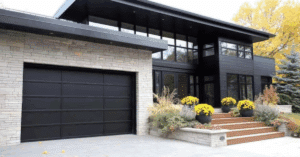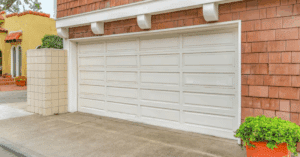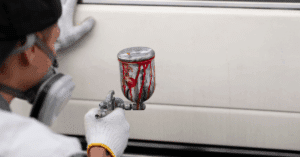A jammed garage door can be frustrating, especially when you’re rushing out for work or returning home after a long day. Whether the door won’t move at all or gets stuck halfway, the problem could stem from simple mechanical issues or deeper technical faults. Before calling a professional, there are several checks and easy fixes you can try to get your door working again.
In this guide, we’ll explore what causes a jammed garage door, how to safely troubleshoot it, and when it’s best to seek expert help.
What Causes Your Garage Door To Jam?
Your garage door system involves multiple components—tracks, rollers, springs, cables, and openers—that must work together smoothly. If even one part malfunctions, it can lead to a jammed garage door.
Common causes include:
- Obstructions on the track: Dirt, small stones, or debris can block the rollers.
- Misaligned or bent tracks: A track that’s out of line can cause the door to stick or tilt.
- Worn-out rollers: Rollers that have lost their smoothness can drag instead of rolling.
- Broken springs or cables: These essential parts provide lifting force; if damaged, your door won’t move.
- Motor or opener issues: Electrical or signal problems in the opener may stop the door from responding.
Identifying the root cause early can prevent further damage and costly repairs.
Step-by-Step Guide to Fixing a Jammed Garage Door
When dealing with a jammed garage door, always start with safety in mind. Disconnect the power before inspecting or touching any part of the mechanism.
1. Inspect the Tracks and Rollers
Check the tracks for debris, rust, or dents. Clean them using a soft brush or vacuum. If you find any dents, gently tap them back into shape using a rubber mallet. Apply silicone-based lubricant to the rollers and hinges for smoother movement.
2. Check for Misalignment
A misaligned track is a common reason behind a jammed garage door. Stand inside the garage and look at the gap between the rollers and the track. If one side looks uneven, loosen the screws holding the track and gently reposition it until aligned. Tighten the screws afterward.
3. Examine the Springs and Cables
Torsion and extension springs bear a lot of tension. If broken, they can cause your garage door to jam or fail to lift. Check for visible gaps or wear in the springs and frayed cables. Do not attempt to replace them yourself; these repairs are best handled by professionals due to the high risk of injury.
4. Test the Garage Door Opener
Sometimes, the issue isn’t mechanical but electrical. Replace the batteries in your remote and check if the wall switch is functioning. If your opener light blinks or you hear clicking sounds, it could indicate a motor or sensor issue.
5. Inspect and Align the Safety Sensors
Modern garage doors have sensors near the floor to prevent accidents. If these sensors are dirty or misaligned, they may prevent the door from closing or opening properly. Clean the lenses with a soft cloth and ensure both sensors are facing each other directly.
6. Try Manual Operation
To test if the issue lies with the opener, pull the red emergency release cord to disengage the motor. Then, try lifting the door manually. If it moves smoothly, the opener is likely the culprit; if not, the problem is mechanical.
Preventing a Jammed Garage Door in the Future
Once you’ve fixed your jammed garage door, it’s essential to maintain it regularly to avoid future problems.
1. Regular Cleaning and Lubrication
Dust, dirt, and debris often cause friction and misalignment. Clean the tracks, rollers, and hinges every few months, and apply a silicone-based lubricant to all moving parts. Avoid using grease, as it can attract more dirt.
2. Check the Door Balance
Disconnect the opener and manually lift the door halfway. If it stays in place, the balance is fine. If it falls or rises on its own, you may need to adjust the tension springs.
3. Tighten Loose Hardware
Over time, vibration can loosen nuts and bolts. Use a wrench to tighten all the hardware components on the tracks and brackets.
4. Inspect Weatherstripping
The bottom rubber seal prevents dirt and moisture from entering your garage. Replace it if cracked or brittle, as it can affect the door’s movement.
When to Call a Professional for a Jammed Garage Door
While some minor issues can be fixed with basic tools, certain problems require expert attention. You should contact a technician if:
- The jammed garage door feels too heavy to lift.
- The torsion springs or cables appear damaged.
- The opener motor makes unusual grinding or humming noises.
- The door keeps getting stuck even after cleaning and alignment.
A professional will have the tools and expertise to diagnose the issue safely and ensure your door operates reliably.
Safety Tips for Handling a Jammed Garage Door
- Always disconnect the power before any manual work.
- Avoid forcing the door open or closed—it can cause more damage.
- Keep children and pets away while inspecting or repairing the door.
- If unsure, stop and call a qualified garage door technician.
Final Thoughts
Dealing with a jammed garage door doesn’t always require professional help. By identifying the cause—whether it’s debris in the track, worn rollers, or sensor issues—you can often solve the problem yourself. Regular maintenance, cleaning, and inspections will go a long way in keeping your garage door smooth and safe.
However, for complex mechanical or electrical issues, don’t hesitate to seek expert assistance. It’s better to spend a little on repair now than face costly damage or safety hazards later.
FAQs
Q1. Why does my garage door jam in cold weather?
A: Cold temperatures can cause metal parts to contract, making movement stiff. Ice buildup on the tracks can also block motion.
Q2. Can I fix a jammed garage door myself?
A: Yes, if the problem is minor like debris or misalignment. However, for broken springs or cables, call a professional.
Q3. How often should I lubricate my garage door parts?
A: Lubricate every 3–4 months or whenever the door starts making squeaky noises.
Q4. What should I do if my garage door is jammed halfway?
A: Stop operating it immediately, check for obstructions, and try using the manual release cord.
Q5. How do I prevent my garage door from jamming again?
A: Perform regular cleaning, lubrication, and track alignment checks. Also, schedule a professional inspection annually.

